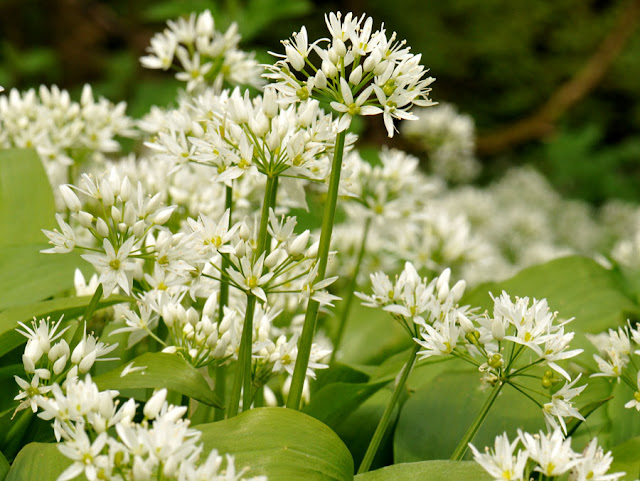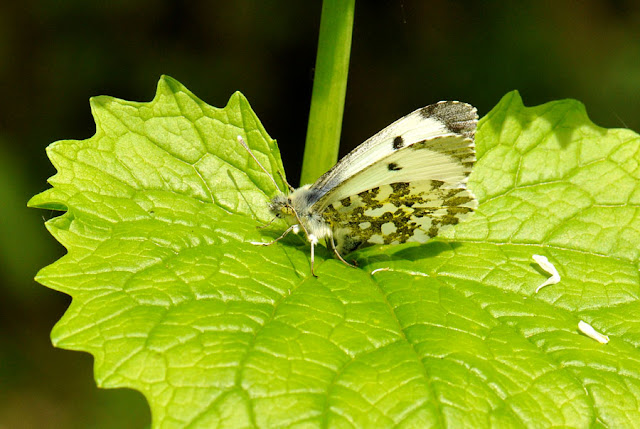With the weather forecast as sunny for Sunday John and I decided to make the long journey to Noar Hill in Hampshire in search of the Duke of Burgundy butterfly.
Noar Hill is owned by the Hampshire and Isle of Wight Wildlife Trust and was once a medieval chalk works. It is now home to a wonderful array of flowers and insects. It is also home to the rare Duke of Burgundy butterfly.
One of the butterflies food plants is the Cowslip. The other is the Primrose.
Duke of Burgundy - Male
Duke of Burgundy - Female
Although these butterflies look like fritillaries they are actually members of the "metalmark" (Riodinidae) family, mainly found in central America. This species being the only representative of the family to be found in Europe.
We also saw a few other species of butterfly, including Small Heath and this Dingy Skipper.
Other insects, included a sighting of a Bloody Nosed Beetle, which when alarmed exudes a drop of red liquid from its mouth! And no we didn't alarm it! We also saw this day flying moth but I cannot find a picture of it in my insect book. (Since writing this post I have been told that this moth is a Small Purple Bar...thank you Sue.)
We also saw this very furry hoverfly feeding on the Cowslips. I think that it is called Bombylius major and is a bee-fly. If feeds on the nectar of spring flowers.
Noar Hill is also know for its orchids with over a dozen species being recorded here. On our visit we just saw the Early Purple Orchid.
And finally, here is a picture of John at work! As you can see the butterfly is in the very bottom of the picture and is doing a very good job of posing and showing its best side for its moment of fame on John's You Tube channel!


















